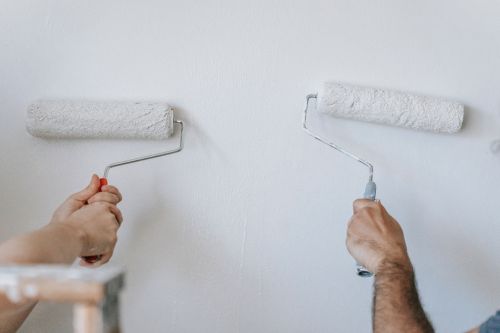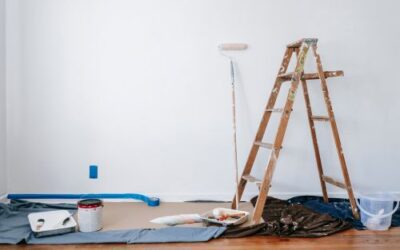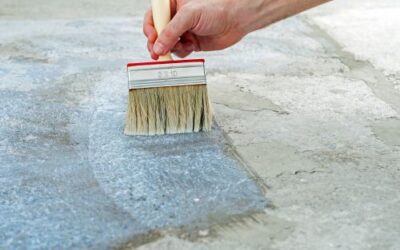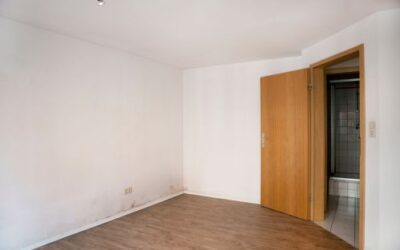The decision to paint your house is not only about the colours and the quality of the paint, but also about the time of the year. Both the heat of summer and the cooler weather of winter have advantages and disadvantages that influence the final result. In this guide, we’ll tell you the essentials to help you determine the best time for your project and the type of finish you’re looking for.
Why is choosing the right season so important?
Although at first glance it may seem that painting is a purely aesthetic matter, temperature, humidity and ventilation directly affect:
-
The adhesion of the paint: If the weather is not conducive, the paint may bubble or crack.
-
Drying time: Painting in extreme temperatures and humidity alters the drying time and can affect durability.
-
The final quality: An optimal environment makes it easier for the paint to look uniform and without imperfections.
At Bartolomé Bas Pinturas we always recommend evaluating the conditions of the place and the season before starting to guarantee a professional result.
Contact our professionals
Advantages and disadvantages of painting in summer
Advantages of painting in summer
-
Faster drying: The heat usually speeds up the drying process and reduces the time between coats.
-
Abundant natural light: Longer days make it easier to spot small flaws and work more accurately.
-
Less chance of condensation: Warm temperatures prevent moisture from building up on walls.
Disadvantages of painting in summer
-
Temperatures too high: Extreme heat can cause paint to dry excessively or unevenly, making it difficult to finish.
-
Increased demand for painters: Summer is peak season for renovations, so availability and prices tend to be tighter.
-
Heat discomfort: Working or living in newly painted areas in high temperatures can be uncomfortable.
Advantages and disadvantages of painting in winter
Advantages of painting in winter
-
Availability and costs: With fewer painting projects underway, it is easier to find professionals and at competitive rates.
-
Less dust and insects: The environment is usually cleaner, preventing particles or bugs from ruining the freshly painted surface.
-
Moderate indoor temperatures: With proper heating, optimal conditions can be created for even drying.
Disadvantages of painting in winter
-
Slower drying: Low temperatures can lengthen the drying time between coats.
-
Limited ventilation: If the weather is very cold, you may avoid opening windows, making air renewal and odour dissipation more difficult.
-
Risk of condensation: In very cold or damp areas, it is possible for moisture to build up on walls, affecting paint adhesion.
Additional factors to consider
-
Local climate: Not all places have very cold winters or extreme summers. Analyse the conditions in your region to choose the least aggressive season.
-
Paint type: Some water-based (acrylic) paints are more sensitive to temperature than oil-based paints.
-
Surface condition: Make sure to clean and prepare the walls thoroughly. Cracks, dust or old paint residues affect more than the season of the year.
-
Budget and urgency: If you need immediate results, you may want to go for the quick drying of the summer. If you prefer a slower or more economical job, winter may be your best ally.
Tips for a professional finish
-
Follow the manufacturer’s recommendations: Each paint specifies the ideal temperature and application conditions.
-
Apply thin coats: Several thin coats ensure better adhesion than a single thick coat.
-
Control ventilation: Ensure reasonable airflow so that the paint dries properly without the temperature dropping or rising too low or too high.
-
Seek professional advice: Sometimes a call to an expert can save you a lot of headaches and unnecessary expenses.
Summer or winter? The final decision
There is no universal answer. The important thing is to weigh the particular conditions of your home, your availability and your aesthetic goals. Painting in summer offers the convenience of fast drying and quicker day-to-day renovation, as long as there are no temperature extremes. Painting in winter can mean more savings and less haste, as long as you maintain sufficient temperature and ventilation to ensure a good result.
Other publications that may interest you
How to prepare a house for painting without causing chaos and staining
Proper preparation saves time, avoids splashes and allows paint to adhere better. Follow this plan - tested by Bartolomé Bas's team of house painters - and you will achieve an impeccable finish without turning your home into a war zone.Clear and organise the room...
Exterior floor paint: what type to use and how to apply it correctly
Protecting an exterior floor - terrace, porch, garage or pedestrian access - is not just about aesthetics: it prevents cracks, leaks and premature wear and tear. Choosing the right exterior floor paint and applying it methodically ensures a durable and...
How to know if the humidity in your house is due to condensation, filtration or capillarity
The stain you see on the wall does not always have the same origin, and making a mistake when it comes to treating it can make the problem worse and make the repair more expensive. Below you will learn how to differentiate the three most frequent sources of damp and...




